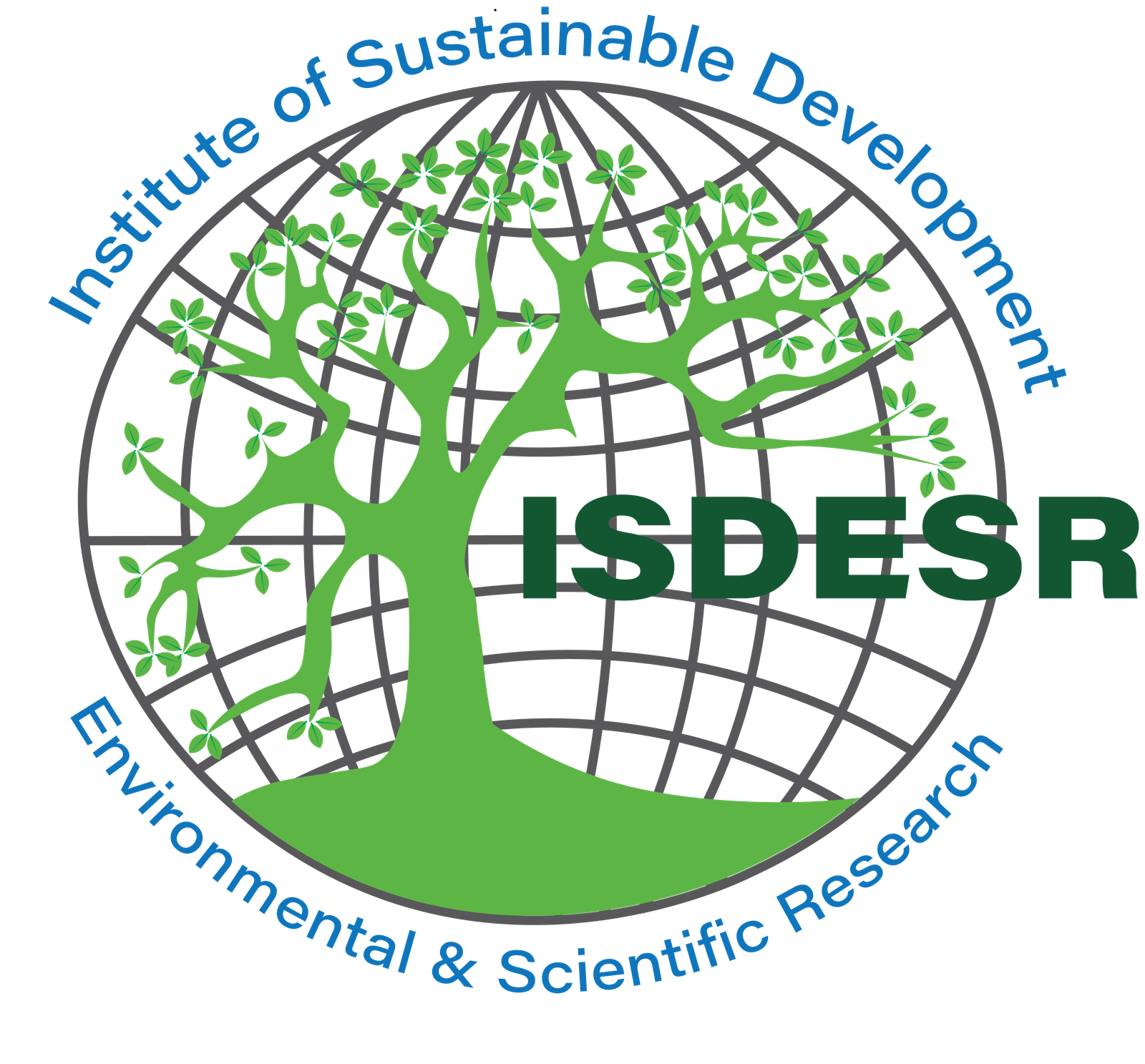Volume 10 (02), July 2024
PERCEPTION AND CHARACTERIZATION OF INTEGRATED SOIL FERTILITY MANAGEMENT STRATEGIES AS A TECHNIQUE FOR ADAPTATION TO CLIMATE CHANGE IN NORTHERN OF BENIN
AUTHOR
Bambani C. Roger, Vodouhe G. Fifanou, Alaye Eustache and Yabi A. Jacob
ABSTRACT
Climate variability and change pose a threat to farmers in northern Benin. As a result, these producers are increasingly forced to adapt their cropping systems to changing climate circumstances. The objective of this research is to characterize the know-how and strategies of farmers in West Atacora in order to help them improve their agricultural productivity in a context of increasingly increased land pressure on arable land and poverty. The data used to carry out this study were collected by individual and focus surveys. groups on a global sample of 1040 individuals from the communes of Boukombé, Matéri, Cobly and Tanguiéta. The results indicate that corn and soybean producers adapt to climate change provided they perceive it to intensify drought, abundance of rains and early cessation of rains and decline in productivity agricultural. Correspondent Factor Analysis (CFA), followed by Ascending Hierarchical Classification (CHA) made it possible to carry out the classification. From the AFC, two groups of strategies emerged. Class 1 is made up of producers who adopt strategies related to the production of drought-tolerant crops, crop diversification through the production of more than two crops, minimal use of chemical fertilizers, crop association, crop rotation, the practice of fallowing and the management of crop residues. As for class 2, it brings together corn and soybean producers who have adopted strategies linked to soil regeneration based on legumes and soil amendment with organic matter. These results highlight the diversity of adaptation choices among agricultural producers, reflecting the different priorities and orientations adopted depending on location, perception of the effects of climate change and level of soil fertility.
